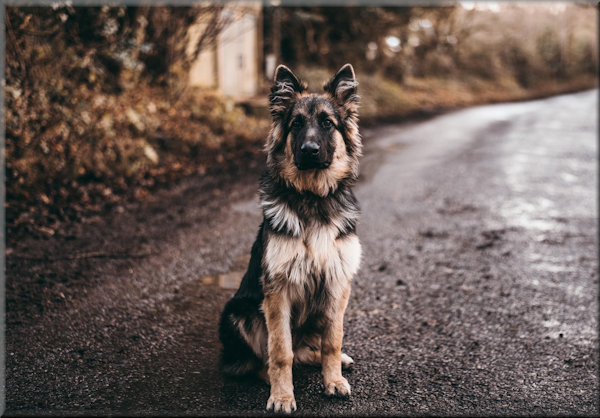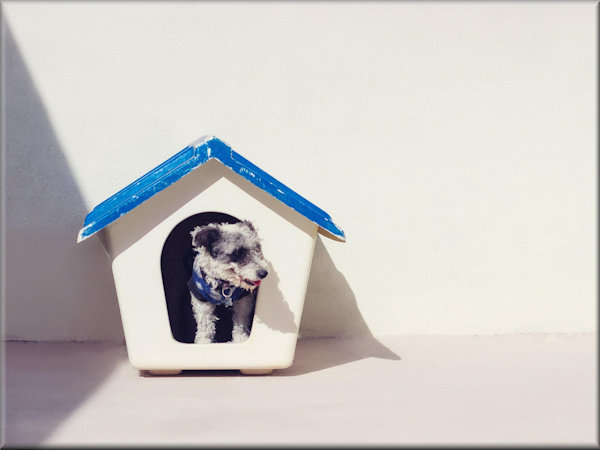The day a new pet arrives in your household is a happy occasion for everyone involved, except the animal. (It sounds terrible - and they will love you in time - but unfortunately, it’s true!)
Whichever pet you decide to get, it is going to be mortified of finding itself in a totally new environment, especially if it lived in the wild or in the street before. That is why you need to prepare to the best of your abilities for the day your new pet arrives. This same principle should be applied to all pets, from a snake to a dog.

Photo by Marcus Cramer on Unsplash
The worst-case scenario is that you get over excited and bring the animal home before you have prepared all the necessary supplies. First of all, you need to buy enough food. For starters, buy smaller packages of different food types, tastes, and brands to determine what the dog, bird or cat loves the most. After a couple of days of research, it is time to head to the nearest pet center and bulk-buy enough food to last your new pet a month.
Apart from food, you should buy enough accessories to make the transitional period easier. These accessories vary from animal to animal. For a dog, you should get some chew toys, a collar, a toothbrush, a leash, and last but not the least, a couple of threats. A typical cat requires a litter box (this is essential to have on the very first day), a scratching post, a brush, and perhaps a laser pointer.
For a hamster or a rabbit, a cage is pretty much mandatory; not to mention an aquarium for a pet fish. Rabbits should also have pellets and hay to chew on and a hamster could use a wheel from day one. If you fail to buy an item or two, don’t worry, as you can always do it tomorrow.
When a cat or a dog leaves the pet transporter, you shouldn’t approach them immediately. Let them roam freely around the house to sniff it out and explore the premises on their own terms. If you own any other pets, then remove them from the room the new pet is in, even if they are different species. There will be time for making new friends later.
When it comes to animals that live in an enclosed space such as a terrarium, you should place them inside and leave them be for a while. The part of the house you delegated for their habitat should resemble their natural habitat as much as possible. For example, if you get a rabbit, then consider getting an indoor rabbit hutch that typically comes with a balcony, a hideaway, and a hay guard. Further on, a glass terrarium should have the ability to regulate temperature on the inside if you keep a pet lizard there.

Photo by Mysaell Armendariz on Unsplash
The pet’s exploration of their new home should not be interrupted but there should be some limits to it. For instance, you might want to close the door to the kitchen, the bedroom, and the bathroom on the very first day. The animal should learn that some areas of the house are off-limits to them.
The area a cat or a dog stays in at first should be limited but as days go by, you should gradually increase, eventually letting even the cat step outside (perhaps on a leash). The constricted space we are referring to should contain all the necessities you have purchased, such as food, toys, a house, etc. so there is no real reason for the pet to leave this area.
After the new pet is done with meeting all the humans that inhabit the house or apartment, it is time to introduce them to other pets you might own. We’ve mentioned that there shouldn’t be a present on the first day the new pet arrives but you should introduce them the very next day.
The encounter should be brief and controlled, as it can often turn violent. That’s why there should exist some sort of physical barrier between them, like a glass door or a fence. Once they smell each other and get used to the presence of another animal, you can allow them to interact without any restraints.
For example, if you are the driver in the house and are assigned to take care of the vet appointments, make your children go with you sometimes and get interested in what’s going on with your pooch’s health. It’s not always playtime, so this can help your kids understand the responsibility of raising a living being.
Our final word of advice is not to ignore your old pet if you have one. Namely, if your beloved retriever notices that your pet rabbit is now your favorite animal in the whole world, they might harm it out of sheer spice. If you’re a true animal lover, then you have the same amount of love and tenderness for all your pets.
As you have seen from our examples, regardless of the species of the animal that is about to arrive in your home, you should be ready for their arrival. Buy enough food, get them some toys to play with, and make sure they have a space of their own. The result will be a happy pet just days after its arrival.
Contributed by John Woods